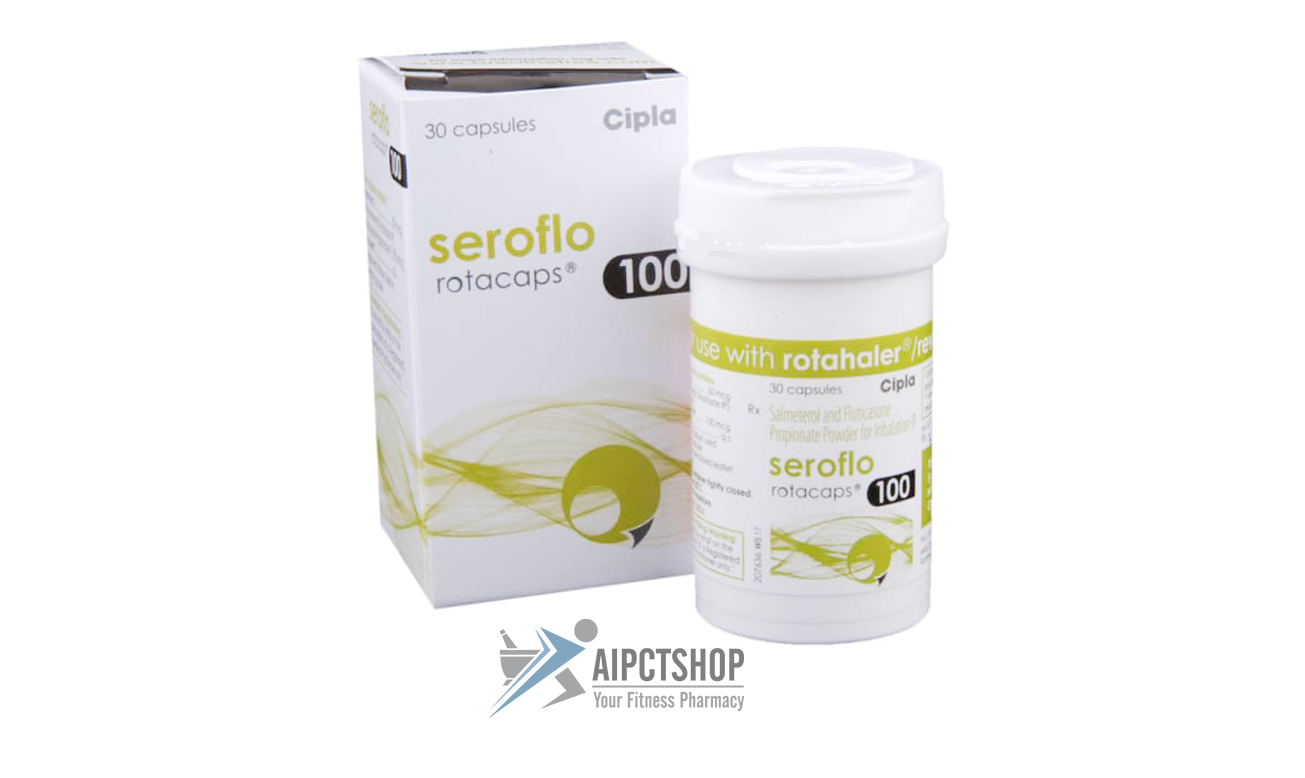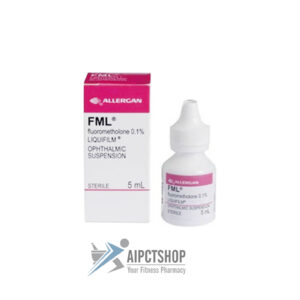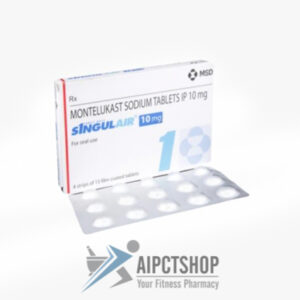Fluticasone and Salmeterol Information
Pronunciation
floo TIK a sone & sal ME te role
What is this drug used for?
– It is used to treat asthma, some brands are used to treat COPD (chronic obstructive pulmonary disease). This drug is not to be used to treat intense flare-ups of shortness of breath. Use a rescue inhaler. Talk with the doctor.
Frequently reported side effects of this drug
– Nausea
– Vomiting
– Common cold symptoms
– Sore throat
Other side effects of this drug: Talk with your doctor right away if you have any of these signs of:
– Infection
– High blood sugar like confusion, fatigue, increased thirst, increased hunger, passing a lot of urine, flushing, fast breathing, or breath that smells like fruit
– Low potassium like muscle pain or weakness, muscle cramps, or an abnormal heartbeat
– Adrenal gland problems like severe nausea, vomiting, severe dizziness, passing out, muscle weakness, severe fatigue, mood changes, lack of appetite, or weight loss
– Chest pain
– Fast heartbeat
– Abnormal heartbeat
– Tremors
– Anxiety
– Behavioral changes
– Vision changes
– Eye pain
– Severe eye irritation
– Burning or numbness feeling
– Choking
– Change in voice
– Seizures
– Bone pain
– Severe dizziness
– Passing out
– Severe headache
– Trouble sleeping
– Severe loss of strength and energy
– Vaginal pain, itching, and discharge
– Weight gain
– Mouth sores
– Mouth irritation
– Thrush
– Difficulty breathing
– Wheezing
– Cough
– Signs of a significant reaction like wheezing; chest tightness; fever; itching; bad cough; blue skin color; seizures; or swelling of face, lips, tongue, or throat.
Medication Safety Issues
Sound-alike/look-alike issues:
Advair may be confused with Adcirca, Advicor
Product Availability
AirDuo Digihaler: FDA approved July 2019; availability anticipated in 2020. Consult the prescribing information for additional information.
Storage and Stability
Advair Diskus: Store at 20?C to 25?C (68?F to 77?F). Store in a dry place out of direct heat or sunlight. Diskus device should be discarded 1 month after removal from foil pouch, or when dosing indicator reads ?0? (whichever comes first); device is not reusable.
Advair HFA: Store at 20?C to 25?C (68?F to 77?F), excursions permitted from 15?C to 30?C (59?F to 86?F). Store with mouthpiece down. Discard after 120 inhalations. Discard device when the dose counter reads ?000?. Device is not reusable.
AirDuo Digihaler, AirDuo RespiClick: Store at 15?C to 25?C (59?F to 77?F); excursions permitted from 15?C to 30?C (59?F to 86?F). Avoid extreme heat, cold, or humidity. Discard 30 days after removal from foil pouch, or when dose counter reads ?0? (whichever comes first); device is not reusable.
Adverse Reactions
Adverse reactions occur in adults and adolescents unless otherwise specified.
Cardiovascular: Cardiac arrhythmia, edema, myocardial infarction, palpitations, tachycardia
Central nervous system: Dizziness, headache, hypertonia, migraine, mouth pain, pain, sleep disorder, voice disorder
Dermatologic: Acquired ichthyosis, contact dermatitis, dermatitis, dermatologic disease (includes dermatosis and disorder of sweat and sebum), eczema, exfoliation of skin, pruritus, viral skin infection
Endocrine & metabolic: Fluid retention, hyperglycemia, hypothyroidism, weight gain
Gastrointestinal: Abdominal distress, abdominal pain, dental discomfort, dental disease (disorder of hard tissue of teeth), diarrhea, dysgeusia, dyspepsia, gastrointestinal distress, gastrointestinal infection, infection of mouth (unspecified oropharyngeal plaque), nausea, nausea and vomiting, oral candidiasis (including mouth and throat infections), oral discomfort, oral lesion, oral mucosa ulcer, toothache, upper abdominal pain, viral gastrointestinal infection, xerostomia
Genitourinary: Genitourinary infection, urinary tract infection
Hematologic & oncologic: Hematoma, lymphadenopathy
Hepatic: Increased liver enzymes (incidence may be higher in children but were transient)
Hypersensitivity: Hypersensitivity reaction (can be immediate or delayed), local ocular hypersensitivity
Infection: Bacterial infection, candidiasis, influenza, viral infection
Neuromuscular & skeletal: Arthralgia, arthritis, back pain, bone fracture, connective tissue disease (cartilage disorder), limb pain, muscle cramps, muscle injury, muscle rigidity, muscle spasm, musculoskeletal pain, myalgia, ostealgia, skeletal muscle disease (inflammation), skeletal pain
Ophthalmic: Conjunctivitis, eye infection, keratitis, ocular edema, xerophthalmia
Otic: Ear sign or symptom
Respiratory: Allergic rhinitis, bronchitis, cough, dry nose, ENT infection (children), epistaxis, hoarseness, laryngitis, lower respiratory signs and symptoms, lower respiratory tract infection, nasal congestion, nasal signs and symptoms, nasopharyngitis, oropharyngeal pain, paranasal sinus disease, pharyngitis, pneumonia (higher incidence is associated with older adults), postnasal drip, respiratory tract hemorrhage (lower respiratory tract), respiratory tract infection, rhinitis, rhinorrhea, sinusitis, throat irritation (less common in children), upper respiratory tract infection, upper respiratory tract inflammation (includes upper respiratory tract irritation), viral respiratory tract infection
Miscellaneous: Fever, inflammation, laceration, postoperative complication, soft tissue injury, wound









Reviews
There are no reviews yet.